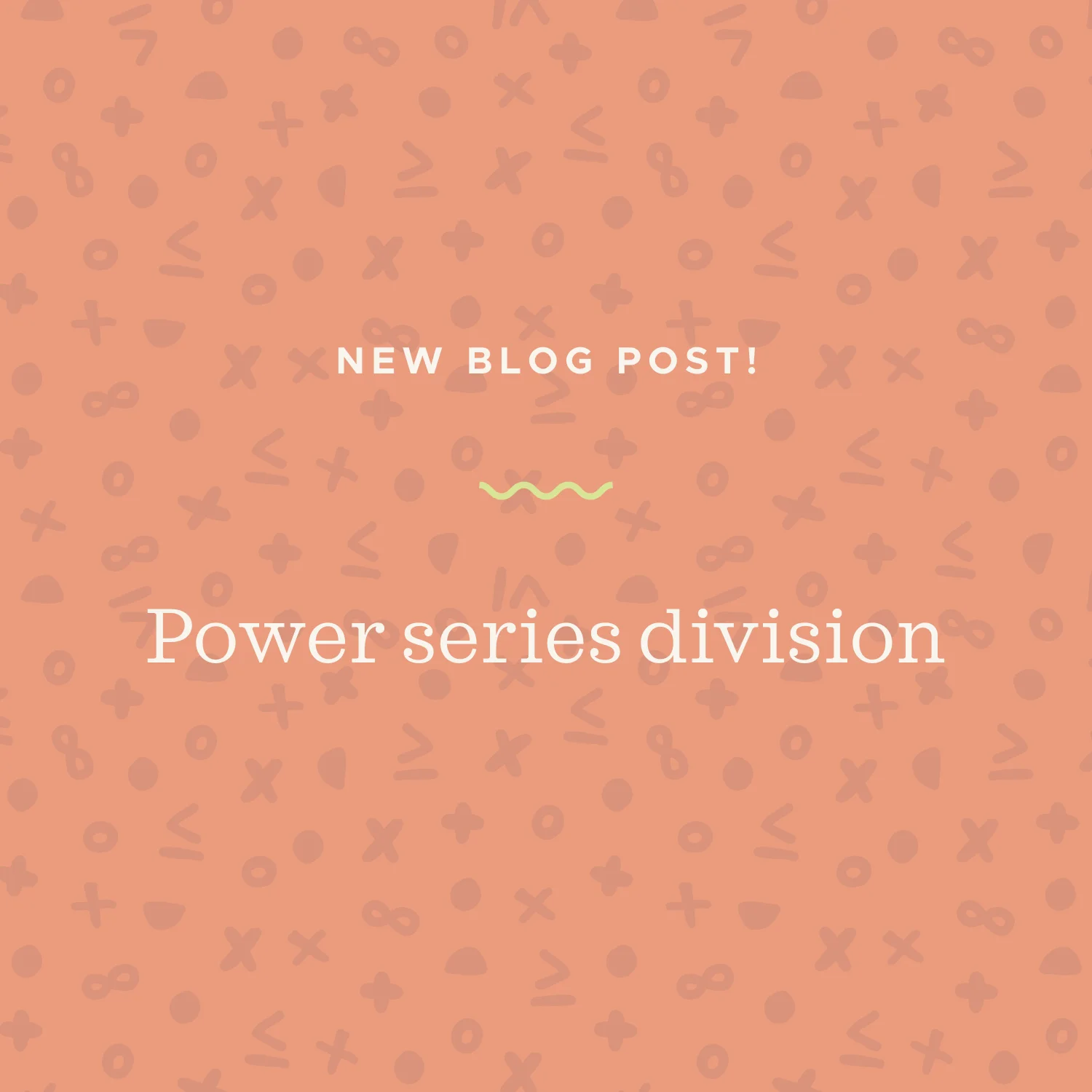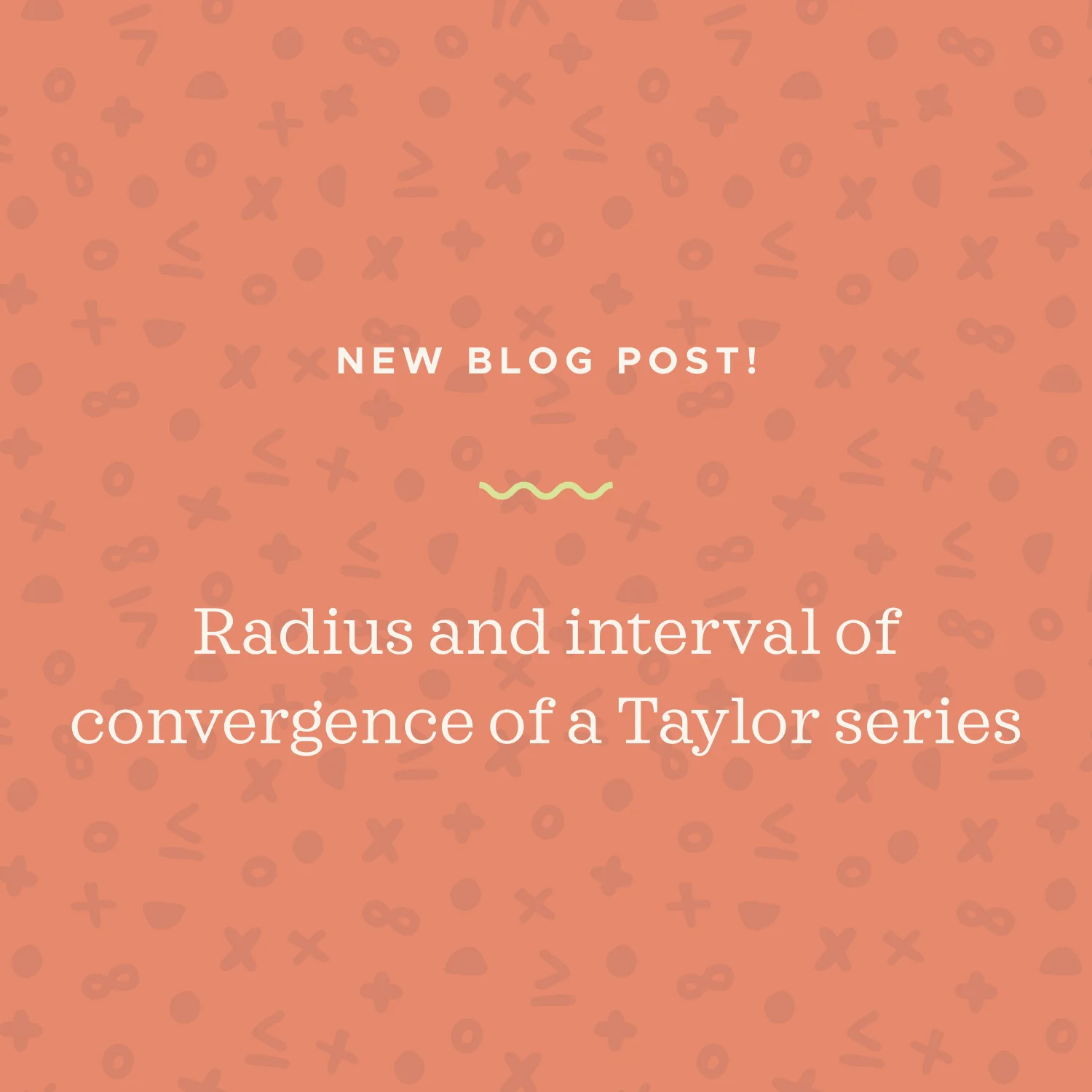Sometimes we’ll want to use polynomial long division to simplify a fraction, but either the numerator and/or denominator isn’t a polynomial. In this case, we may be able to replace the non-polynomial with its power series expansion, which will be a polynomial. The simplest way to do this for the non-polynomial is to find a similar, known power series expansion and then modify it to match the non-polynomial function.
Read MoreThe goal is to use differentiation to get the left side of this equation to match exactly the function we’ve been given. When we differentiate, we have to remember to differentiate all three parts of the equation. We’ll try to simplify the sum on the right as much as possible, and the result will be the power series representation of our function. If we need to, we can then use the power series representation to find the radius and interval of convergence.
Read MorePreviously we learned how to create a power series representation for a function by modifying a similar, known series to match the function. When we have the product of two known power series, we can find their product by multiplying the expanded form of each series in the product.
Read MoreSometimes we’ll be asked for the radius and interval of convergence of a Taylor series. In order to find these things, we’ll first have to find a power series representation for the Taylor series.
Read More





